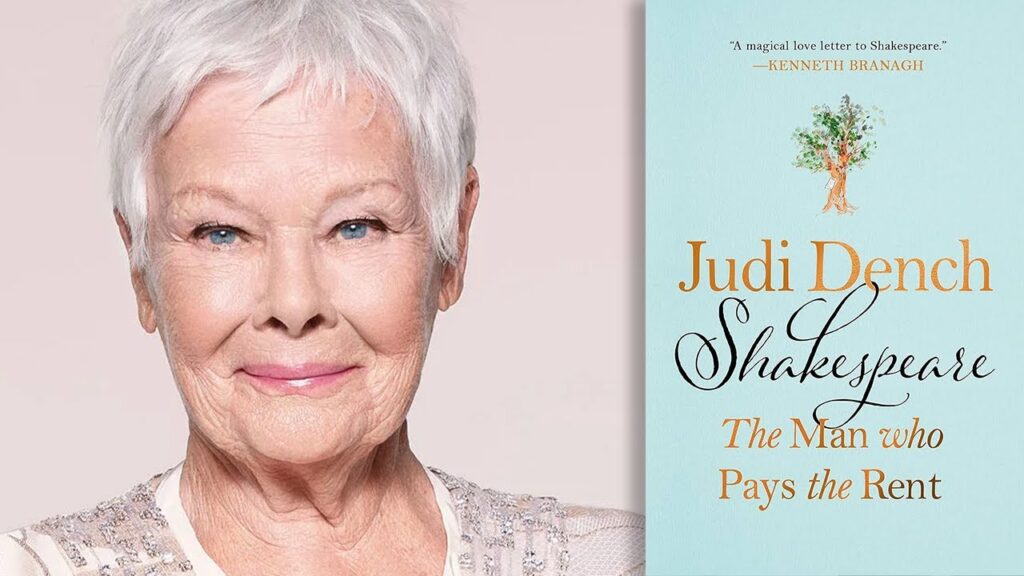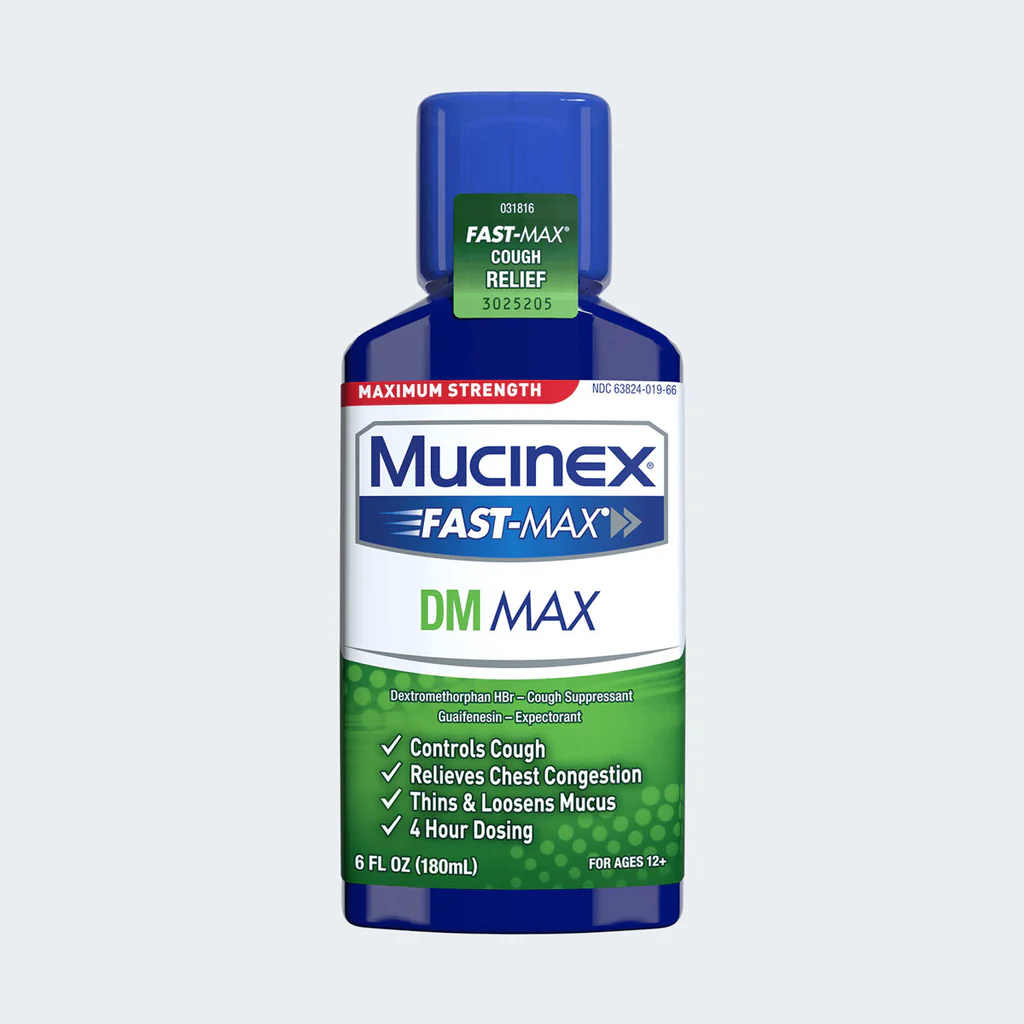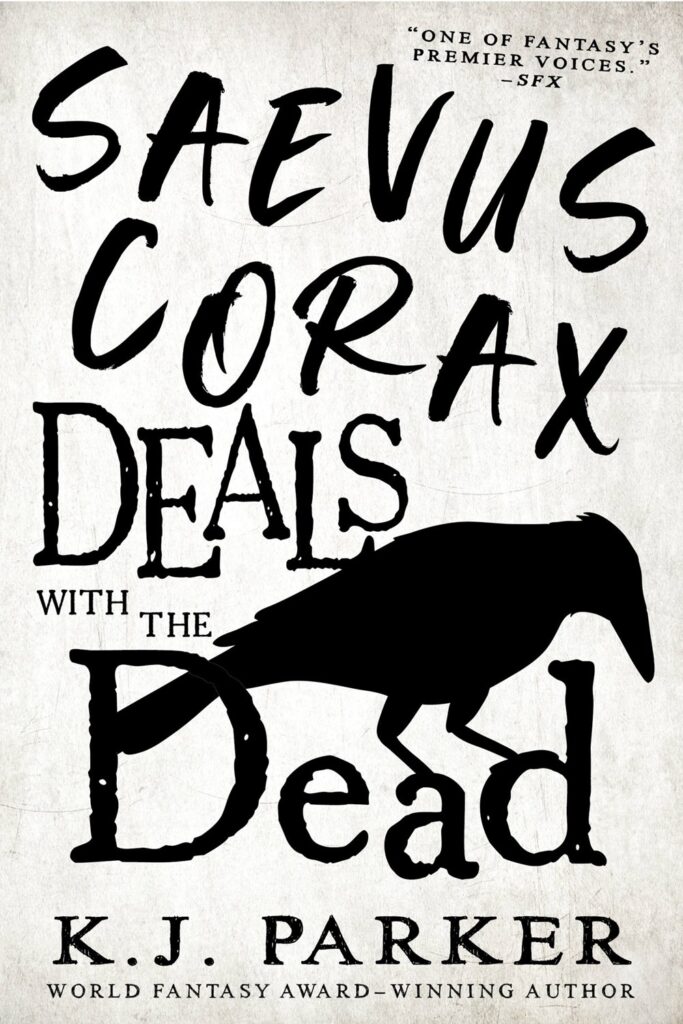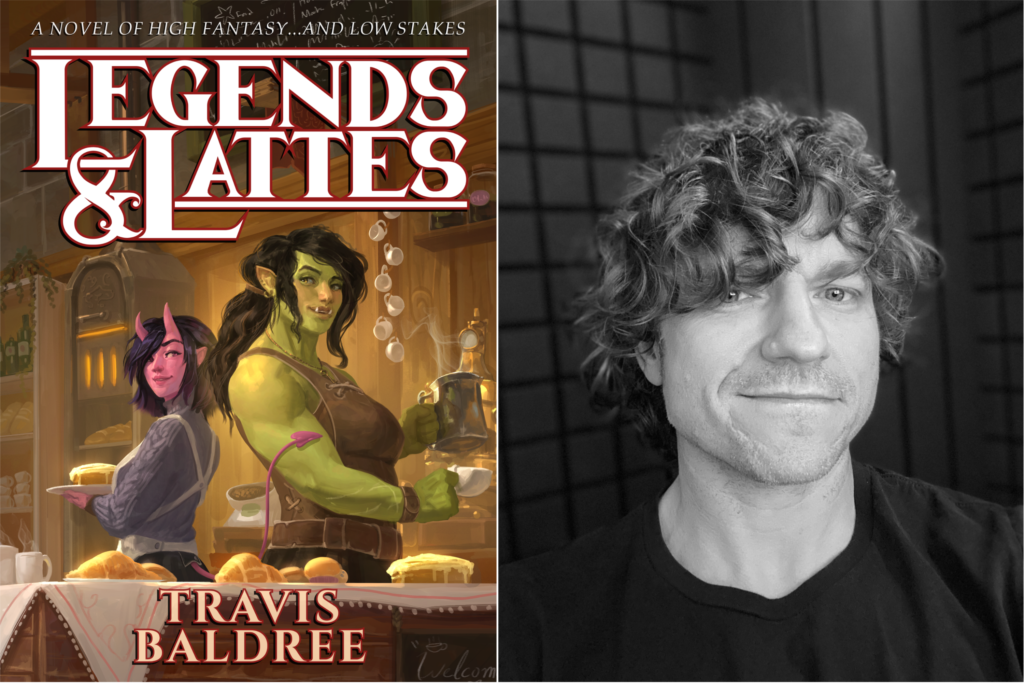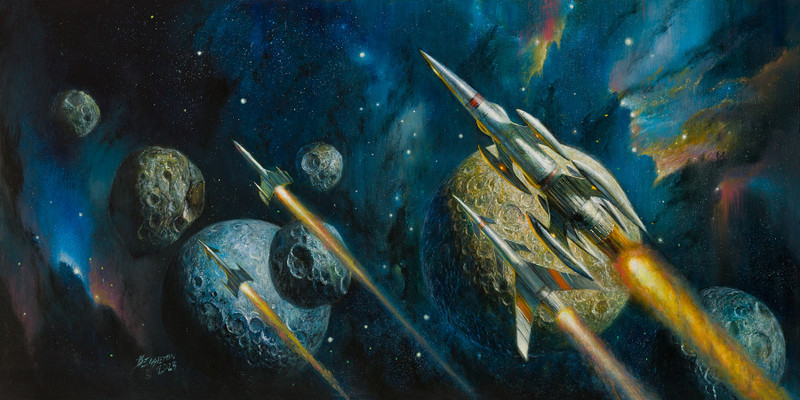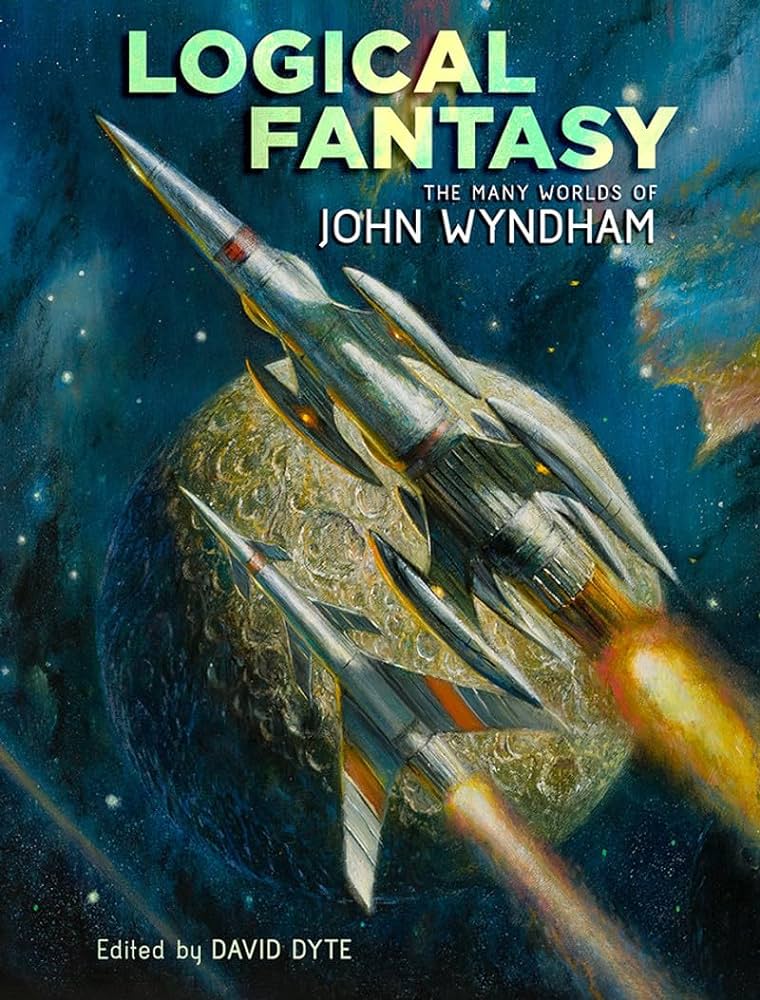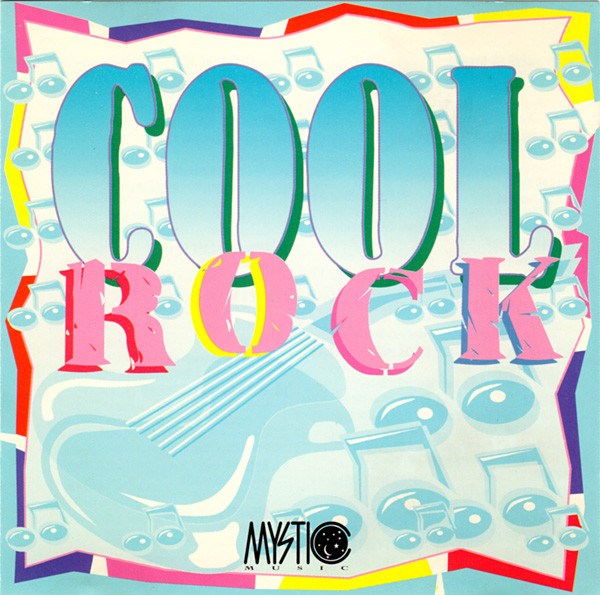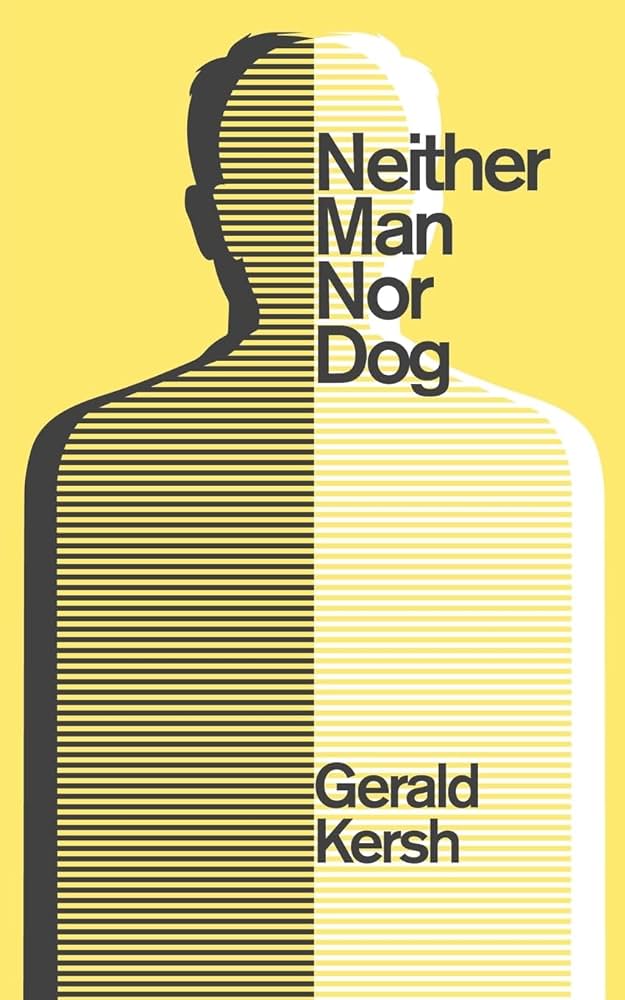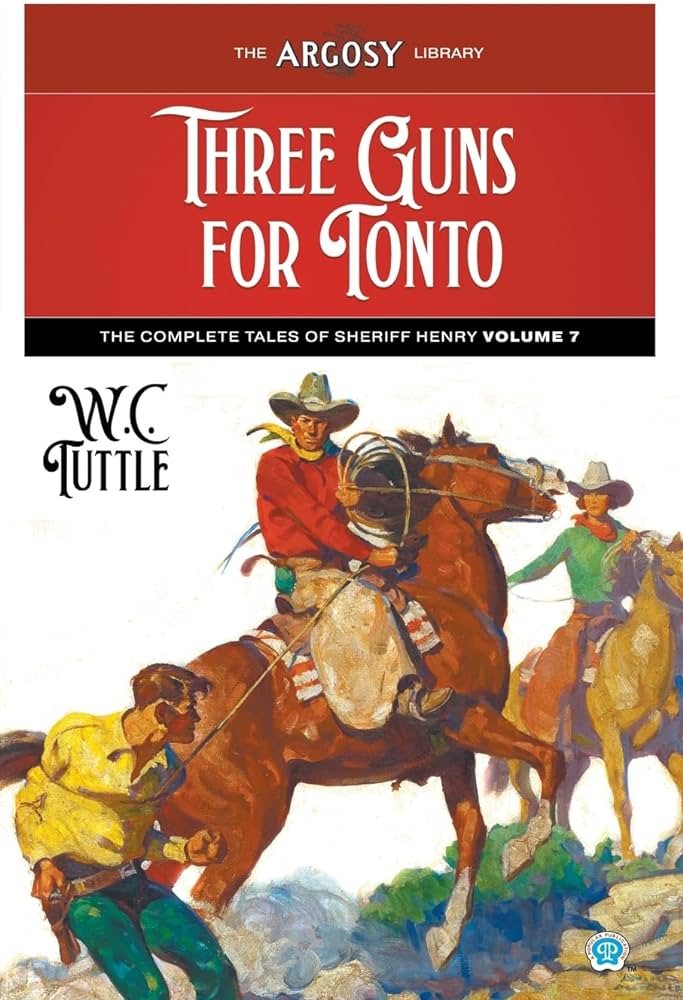
Three Guns for Tonto: The Complete Tales of Sheriff Henry, Volume 7 is another wonderful collection of W. C. Tuttle stories. W. C. Tuttle was a prolific writer back in the Pulp Era and Steeger Press is in the process of reprinting all the Sheriff Henry Harrison Conroy adventures. This Volume 7 in the series collects two short novels.
Henry Harrison Conroy used to be a vaudeville comedy star. But his career was upended and Conroy headed to Arizona to claim an inheritance of a ranch. Conroy, based apparently on W. C. Fields, is elected Sheriff as a joke. He turns the joke on the town by remaining in office. Although Conroy knows nothing of the law, he solves mysteries and brings some justice to a lawless land. Conroy’s supporting cast includes his deputy – a retired lawyer who stays with him drink for drink, his jailer – a big goofy Swede, and a woman who likes him, but not his alcohol consumption.
In “The Shame of Arizona,” $35,000 in diamonds moves from place to place with bodies along the way. Two suspicious murders, the theft of horses, some Border irregularities, all mix together in an action-filled adventure with plenty of humor. GRADE: B+
In “Three Guns for Tonto” Sheriff Conroy is under heavy pressure by his rivals who want to see him turned out of office. The robbery of the Scorpion Bend Bank and two mysterious murders make Conroy look ineffectual. But, the Sheriff slowly puts the puzzle pieces together to decipher the crimes and show once again he’s the smartest man in Arizona. GRADE: B+
TABLE OF CONTENTS:
The Shame of Arizona — 1
The Guns for Tonto — 115

